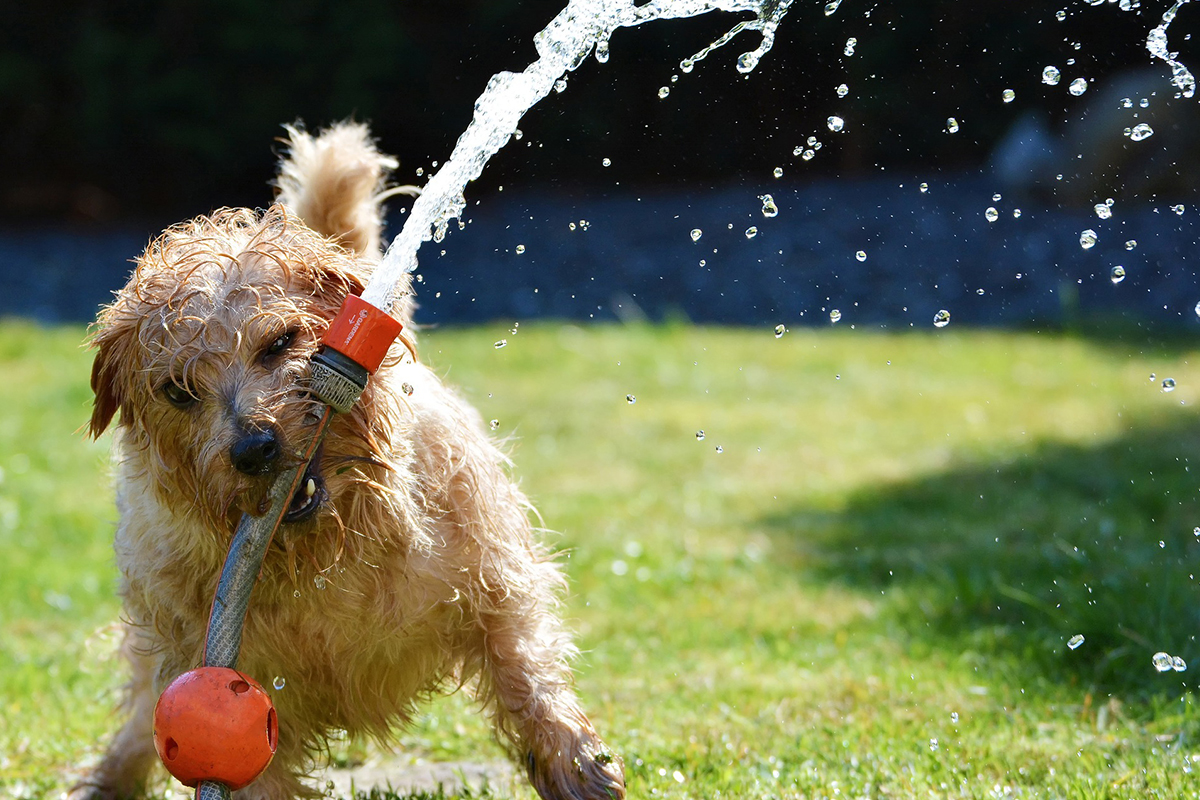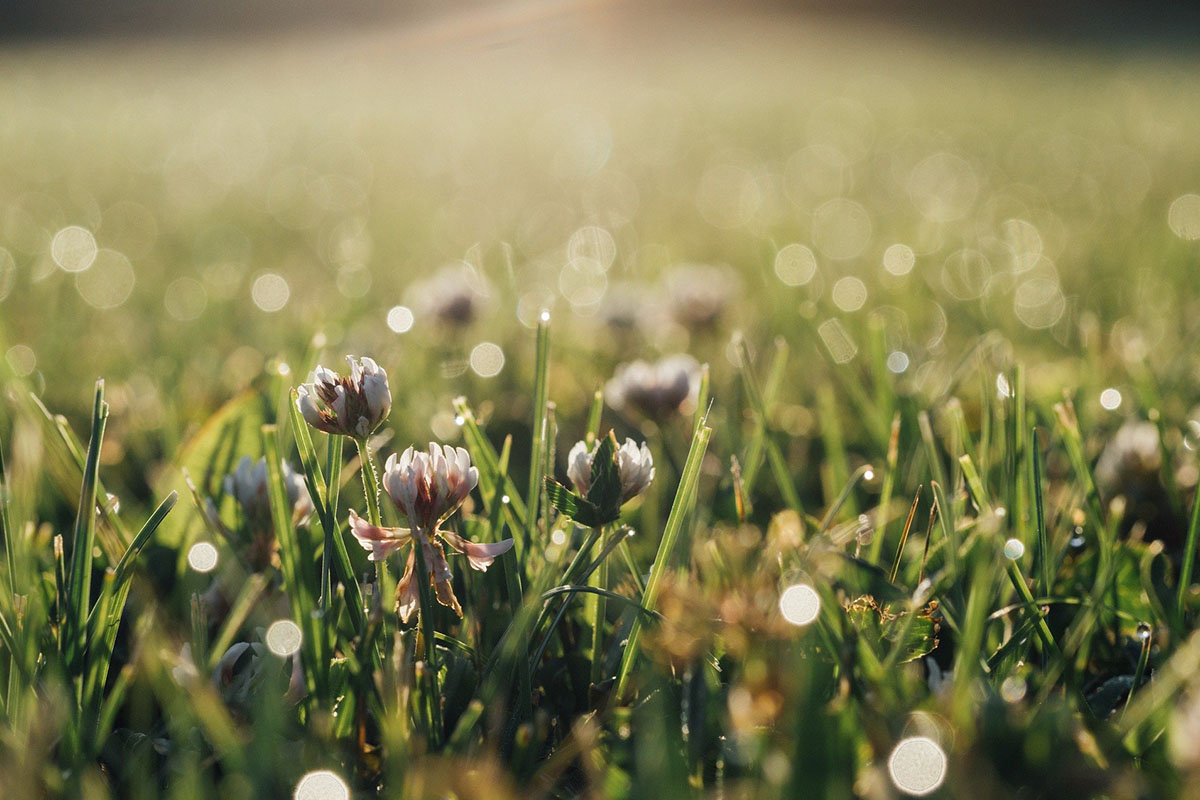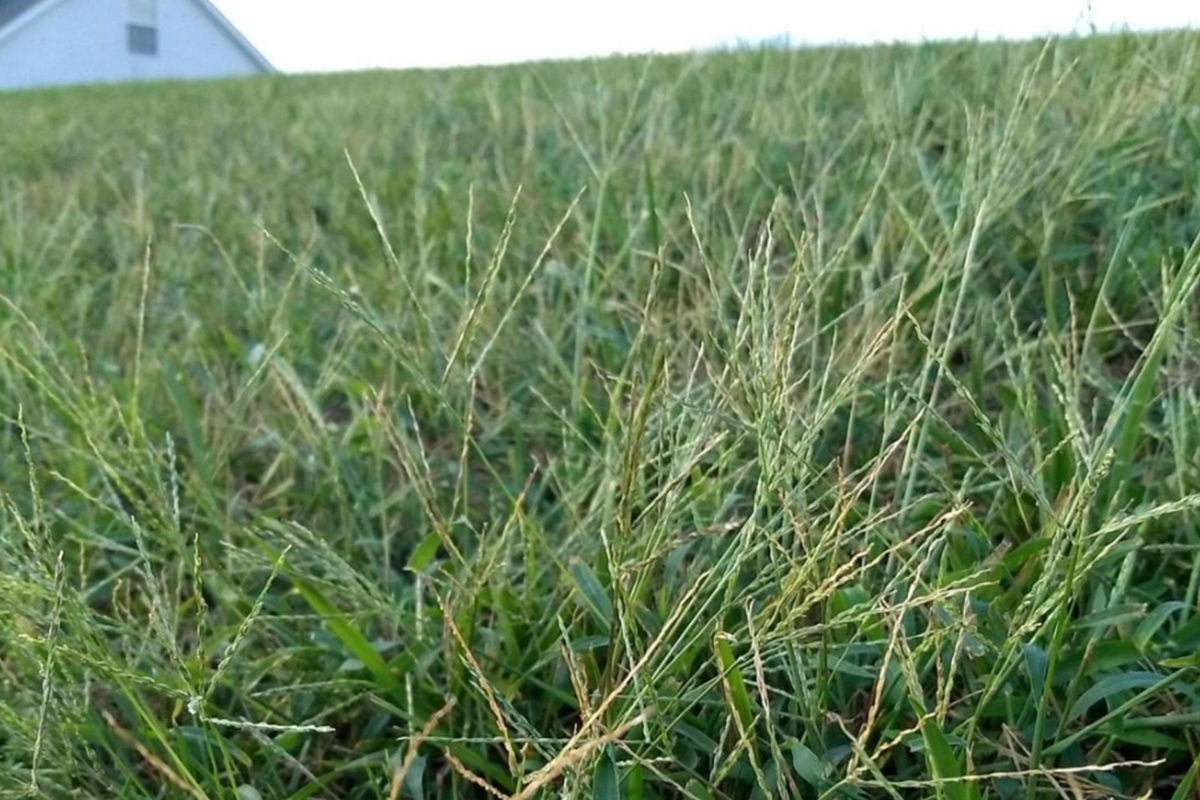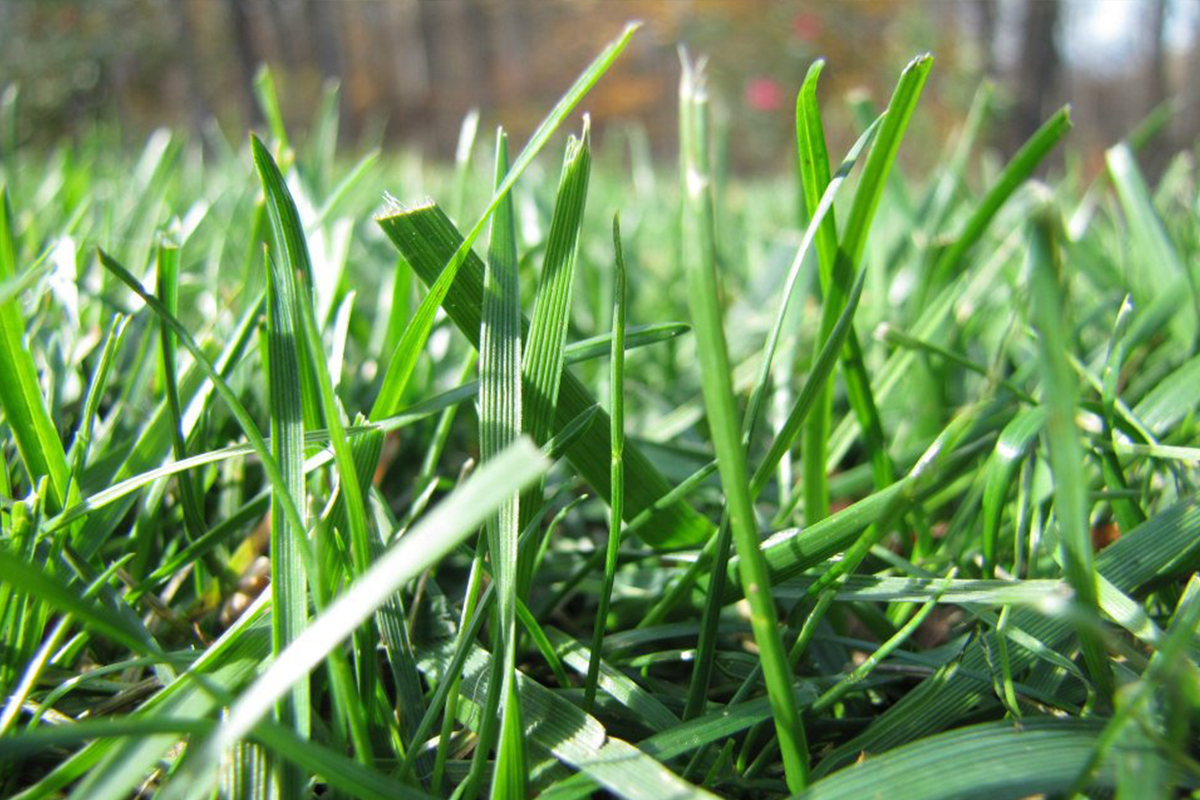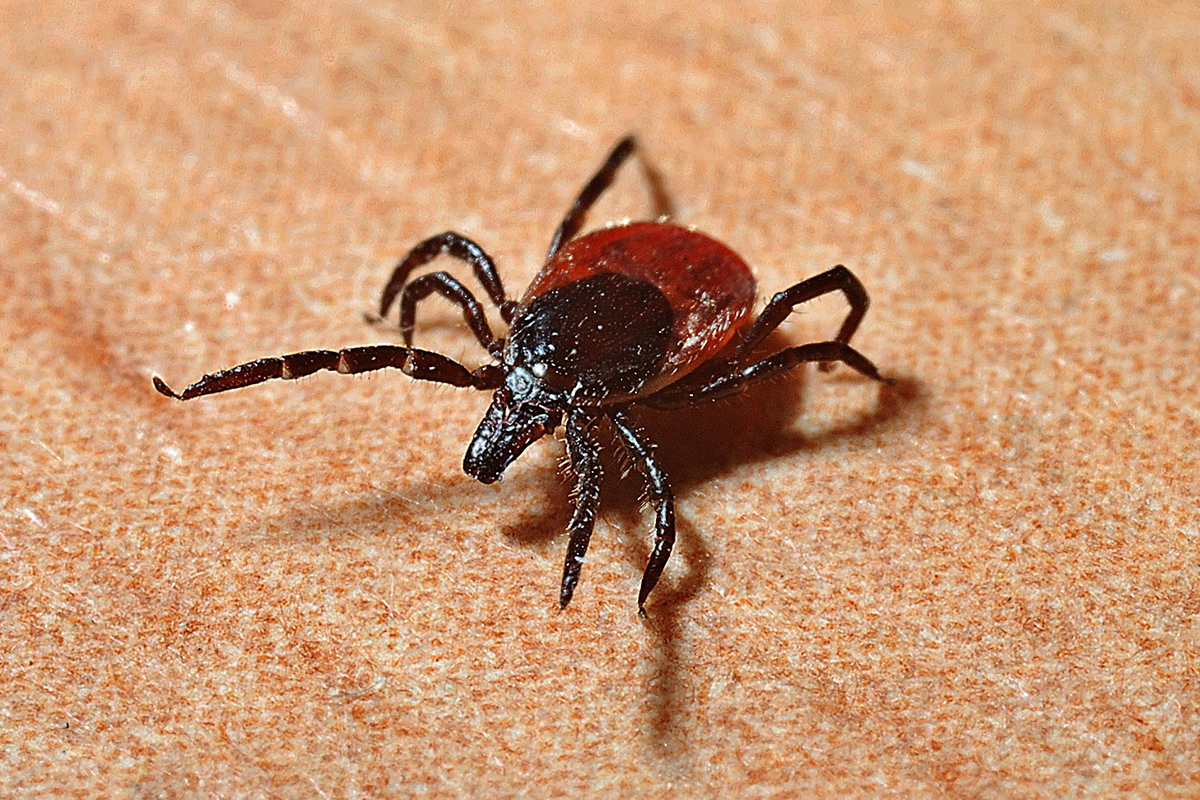July, especially the last couple weeks or so, have been hot and dry—the “dog days of summer” that we typically get in the New River Valley but that we never really got in June. This weather can be hard on our lawns, and many homeowners often wonder about dry or dead grass and how to properly water in this season.
Dormant vs. Dead Grass
Most lawns in our area consist of cool season grasses. What you may not know is that these types of grasses commonly go dormant during the hottest part of the summer to protect their crowns (the part from which the blades grow). This means that your lawn may actually turn light brown, but the roots are most likely still healthy!
Many people are often confused by this natural dormancy and think their grass is dying. However, cool season grasses will typically come out of their dormancy naturally as they get more of the water they need for growth. This means you don’t actually have to water your lawn if you don’t want to. Established turf will typically recover on its own once the rains return. However, many homeowners dislike the way dormant grass looks, and they choose to water. If this is you, this leads you to another common question…how much do I need to water my lawn?
Watering Your Lawn During Hot, Dry Summer Weather
Established turf needs about 1 to 1.5 inches of water per week. When it’s not raining, you may choose to water your lawn with that amount. As VCE puts it, your goal is to “moisten the root zone in the top 3 to 4 inches of the soil to nurture and sustain roots that can extract water from deeper in the soil.”
If you choose to water your turf, use proper watering techniques. Water deeply and infrequently rather than lightly and frequently. Just be sure to check your lawn as you water to prevent overwatering. You don’t want to apply so much that it pools.
If possible, water early in the morning. This allows the water to soak in before the heat of the day evaporates it away or the winds blow it away. If you can’t water first thing in the morning, plan to water in early evening, in time that the water will dry before nightfall. If you water too late in the evening and the grass does not dry, your lawn can become more susceptible to disease.
Compaction
In the summer, the soil in our lawns often becomes compacted as it faces drought, dormancy, foot traffic, and lots of lawn mowing. This compaction leaves the subsoil undesirable for healthy lawn growth. So as we look ahead toward fall, we want to find ways to alleviate that compaction and ensure our lawns can be their healthiest.
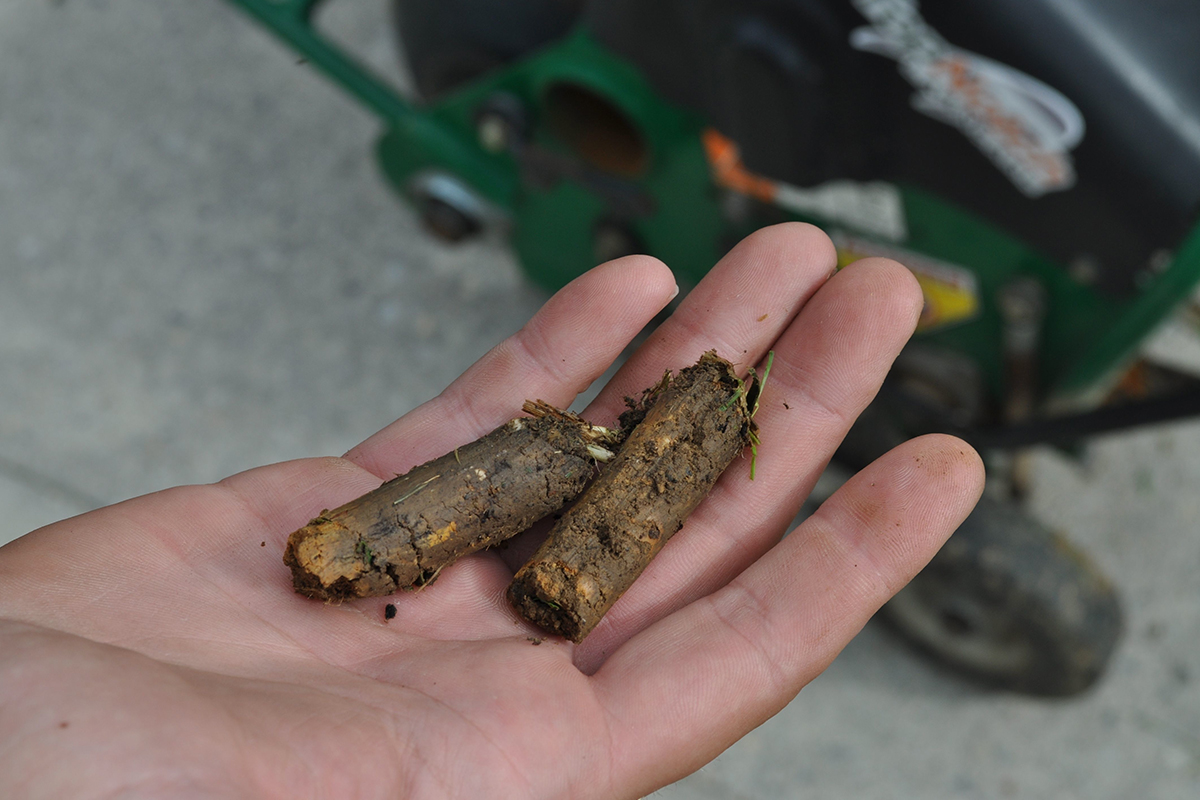
Our service called core aeration is the process of mechanical aeration to relieve this compaction. It plugs 2-3 inch deep, finger-size holes into the soil, which opens up the soil to improve infiltration of water, fertilizer, and oxygen into the roots. We use several different pieces of equipment for this process to ensure that plugs are pulled to the optimal depth and spacing. This ultimately helps strengthen the roots of the grass. And healthy roots mean healthy turf!
So as we survive the last little bit of the dog days of summer, remember to properly water (or not) your established turf and be thinking ahead to how you can reduce compaction as we head into fall! Give us a call if you have any questions or would like to go ahead and schedule Green Care to perform a core aeration of your lawn this fall.

